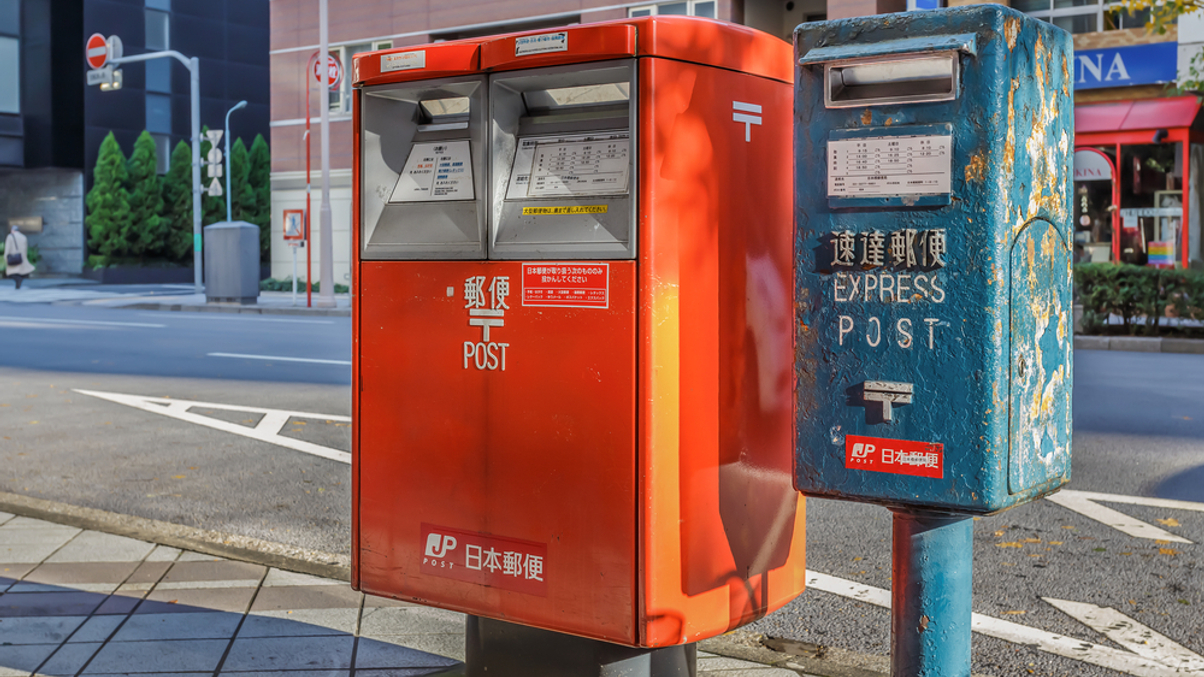Japan Post Bank plans tenfold growth in alts, hedge funds
Japan Post Bank, a relative newcomer to alternatives investing, aims to up its current $7 billion allocation by almost 10 times its current level to help deliver higher returns.

Japan Post Bank plans to continue bumping up its investments in hedge funds as part of a broader push into alternatives to boost returns.
Sign In to Your Account
Access Exclusive AsianInvestor Content!
Please sign in to your subscription to unlock full access to our premium AI resources.
Free Registration & 7-Day Trial
Register now to enjoy a 7-day free trial—no registration fees required. Click the link to get started.
Note: This free trial is a one-time offer.
¬ Haymarket Media Limited. All rights reserved.


